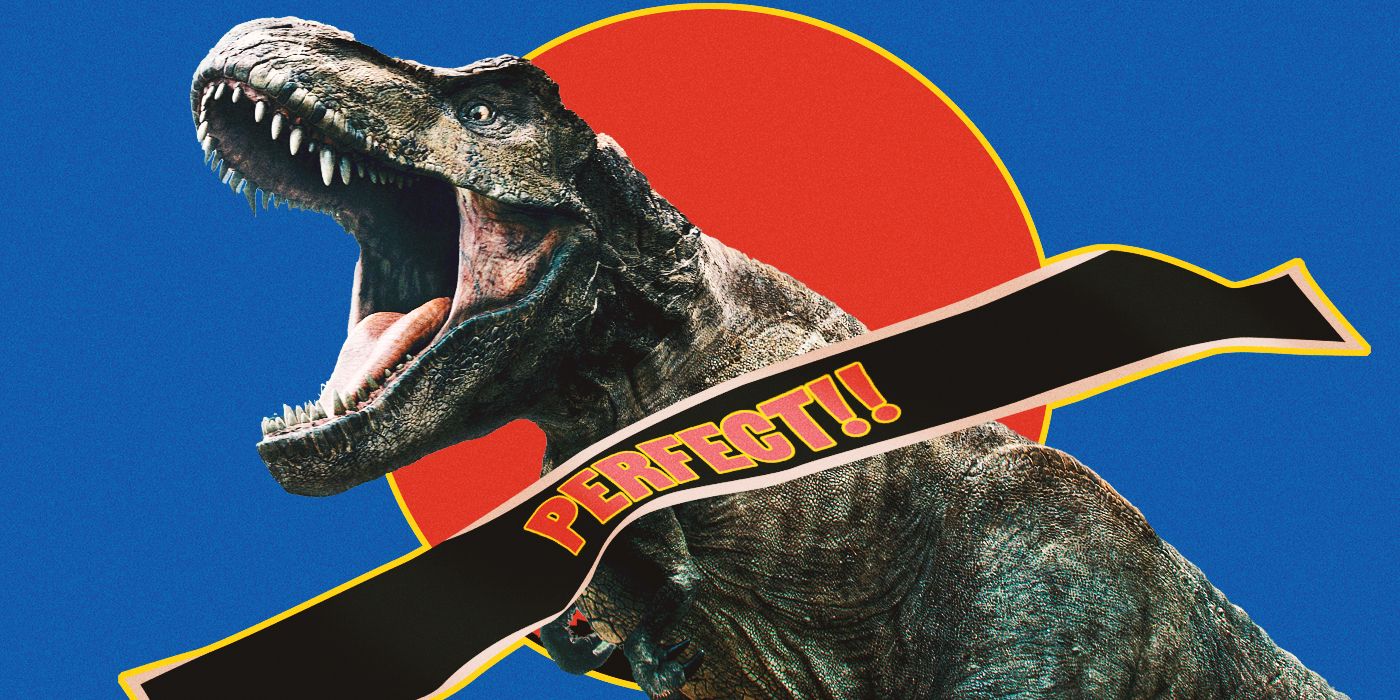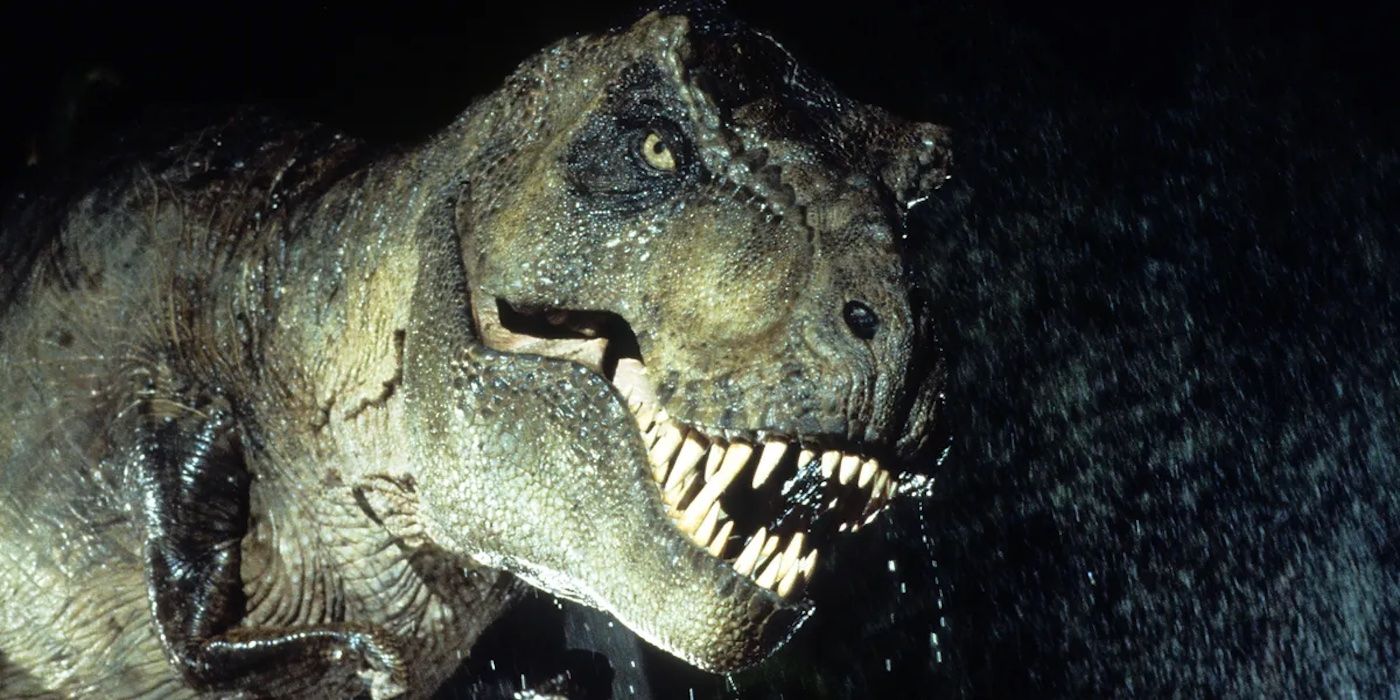When Steven Spielberg‘s Jurassic Park roared into theaters in 1993, it was more than just a monster movie – it was a warning. Beneath the spectacle of velociraptors and T. Rexes was a meditation on human scientific hubris – our impulse to dominate the natural world, to correct or recreate evolution’s decisions, and to play god. “Your scientists were so preoccupied with whether or not they could, they didn’t stop to think if they should,” Ian Malcolm (Jeff Goldblum) famously warned. 32 years later, that line reads less like sharp movie dialogue and more like a headline.
Not A Novelty – A Prototype
Earlier this year, Colossal Biosciences – a self-described “de-extinction” company – announced a breakthrough that sounds like it’s been pulled directly from a science-fiction work: a genetically engineered “woolly mouse.” Created by inserting genes associated with mammoth traits into modern mice, this creature exhibits physical adaptations designed for cold environments – long, shaggy fur and altered fat metabolism among them. It is, in essence, a rodent partially rewritten to emulate the physiology of an extinct Ice Age giant.
The woolly mouse isn’t a parlor trick or novelty – it’s a prototype, a test case for something far larger. Colossal’s stated goal is to bring back a “functional mammoth”, not as a perfect genetic replica, but a cold-resistant elephant hybrid that could, they argue, rewild the Arctic tundra. The company aims to birth its first calf by 2028, either through Asian elephant surrogates or artificial wombs. The woolly mouse is just a warm-up to plans yet to come.
On the surface, the scientific endeavor is framed through the language of environmental stewardship – to restore an extinct species and use them to our benefit to combat climate change, to rebalance broken ecosystems. In a sense, Colossal and companies like them seek to use the past to fix the future. After all, if humanity is the cause of the next mass extinction, shouldn’t it be our responsibility to undo it the best we can?

Related
God help us, we’re in the hands of studio executives
The Jurassic Dilemma Revisited
Humanity has already been urged to caution on this subject. Unlike Jurassic Park, there’s no Isla Nublar, no charismatic billionaire funding a theme park. The world of de-extinction today is no less ambitious, however, powered by venture capital, climate urgency, and an accelerating biotech industry that sees a design challenge in extinction rather than an ending. The central ethical dilemma between the cinematic representation of de-extinction and the reality of it remains unchanged: just because we can bring something back, should we?
This is only one of the uncomfortable questions the woolly mouse raises. What does it mean to restore a species when what returns is not truly what was lost, but an approximation through contemporary technology and filters? A mammoth born in 2028 will never know the Ice Age. Is this form of science a revival or reinvention? Conservation, or spectacle? And if we start here, what comes next? Colossal’s longer-term ambitions include reviving the dodo and the thylacine, while other similar companies and groups have proposed efforts to restore passenger pigeons and more. At some point, humanity crosses a threshold where de-extinction becomes less about loss and more about power. Who chooses what is brought back, and whose nostalgia dictates which forms life should take?
Jurassic Park was about dinosaurs, but the spectacle is only the surface of what viewers were supposed to take away from it. Arrogance disguised as innovation was the key takeaway – that humans were so busy marveling at the return of something long-lost, they forgot to consider how it might reshape the living who have thus far endured.
The Gates Are Opening
The woolly mouse may seem like a harmless advancement, a stepping stone in the grand scheme of what science has to offer. It’s small, contained, and engineered under strict laboratory conditions. But symbolically, it marks a point of no return – it is functional resurrection rather than theoretical tinkering. A mere mouse’s life is the kind of moment fiction has warned us about. To add to the eeriness and unease this creation might inspire in someone, Colossal themselves don’t ignore the story their company is now resembling – they reference Jurassic Park often. They know the comparison is inevitable, and yet the cautionary half of the narrative seems not to have been absorbed beyond that which it can provide for branding.
In a world facing biodiversity loss and irreversible climate shifts, the impulse to resurrect extinct species carries the weight of moral urgency. But urgency and good intentions do not exempt humanity from consequences. Bringing the mammoth, or any other extinct species, back will not stop climate change. While it may open doors to new forms of biological resilience, it also risks repeating the very logic that led the planet to its current state of disrepair: that nature can be edited to our liking and repurposed for our needs.
Jurassic Park didn’t just warn us that dinosaurs walking among us again would be catastrophic. It warned us about what happens when spectacle overrides accountability. The woolly mouse is only the beginning – the gates are opening. 32 years later, we still have to ask: did we heed the warning at all, or are we currently watching a sequel be written in reality?


